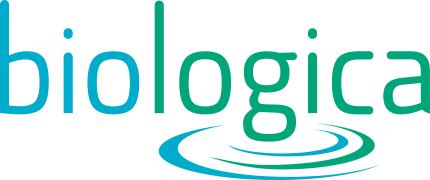“Ichthyo” refers to fish, and “plankton” refers to organisms or material suspended in the water column either because they are non-motile or too small or weak to swim against currents. Ichthyoplankton, therefore, refers to fish eggs as well as early stage fish larvae transported passively by currents. Mortality rates in early developmental stages of fish are typically greater than 95% and survival rates depend on factors including environmental variables, predation, and the presence of pollutants. Monitoring early stage larval fish can enable researchers to back-calculate adult fish populations, and track changes that can be related to fish stock viability.
Fish vary morphologically throughout their early developmental stages, and are generally considered larvae until they have developed organs and structures resembling their adult form and can be considered ‘juveniles’. Swimming performance and the transition from reliance on endogenous food stores (relying on food stores) to foraging are not necessarily indicative of a transition from larval to juvenile stages, as late stage larvae are able to consume planktonic material including zooplankton and smaller fish larvae. Fish larvae are preyed upon by a wide variety of sessile and motile invertebrates including representatives of most groups of invertebrates, and other fish.
Larval fish range in size from approximately 1-4 mm during the egg stage and 2 to 120 mm throughout development.



